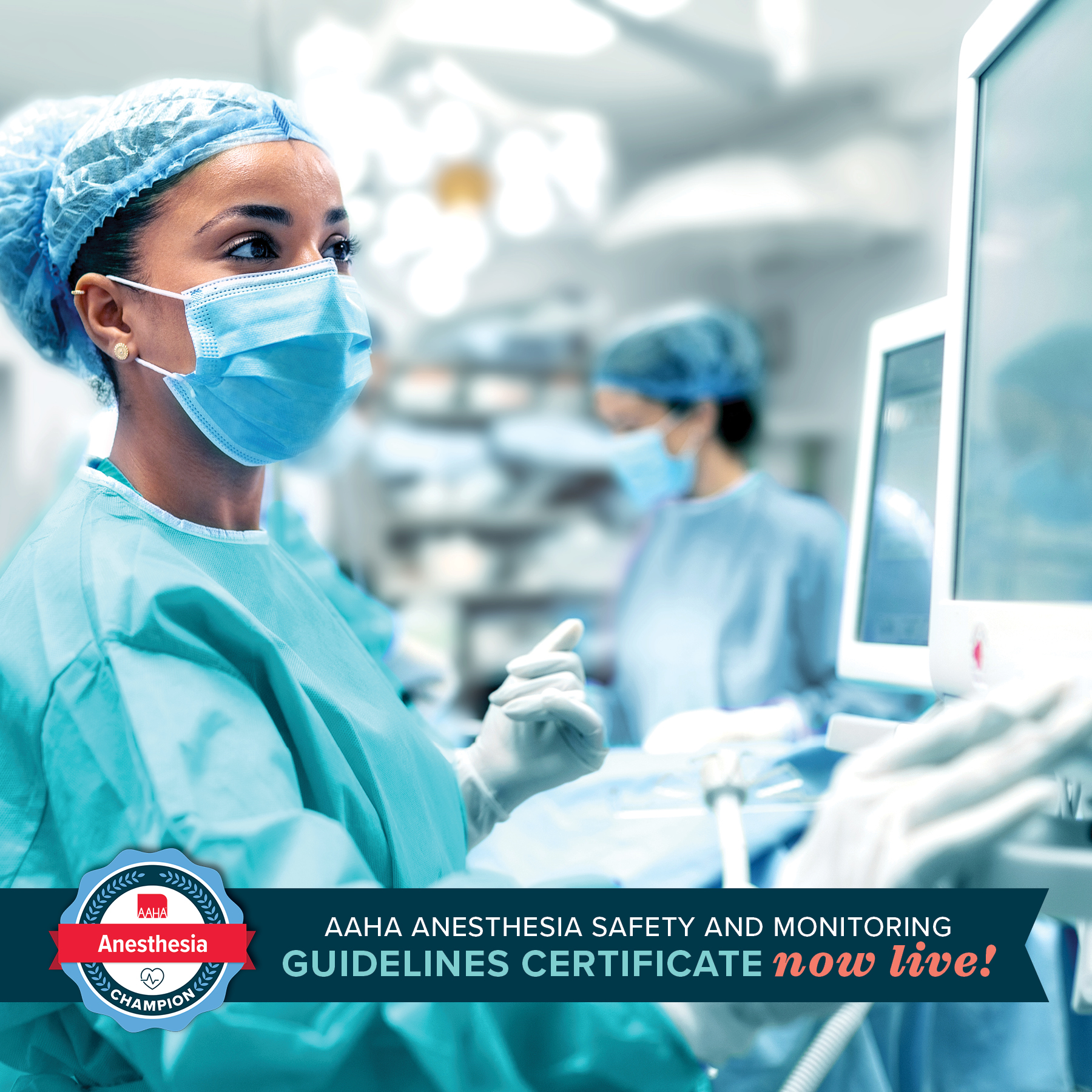How detection dogs "Earn a living"
What They Do
A detection dog is a dog trained to detect and alert its handler to the presence of very specific scents or odors. Detection work dogs may be involved in many types of work. Some of the most commonly recognized detection canines include law enforcement, drug enforcement (DEA), transportation safety (TSA), border protection (CBP), and Search and Rescue (S&R). Other categories of detection dogs include those trained to alert to electronic storage devices, endangered and invasive plant and animal species (conservation detection), and most recently, medical detection. For a more detailed overview of different types of detection work, see Table 1.
How They Are Selected
Each type of detection dog has different physical, mental, or behavioral selection criteria for their job. For example, a dog working with the USDA in an airport to check baggage may be selected for being smaller in stature, friendly, and nonthreatening (e.g., a beagle), whereas the majority of S&R canines in the FEMA USAR system are either Labrador retrievers or Belgian Malinois. In the USAR environment, fearlessness, athleticism, toy drive, and a certain size are necessary to navigate the rubble of a disaster environment or search in highly unstable structures. Thus, the dog is matched to the job for which they are best suited, based on their physical stature and ability, personality (most single purpose detection dogs work closely with people and therefore are selected for their lack of aggression to people or other animals), trainability, and ability to focus on the task relentlessly (drive for reward). Finally, ultimate selection for the work is not based on hereditary or physical characteristics or success in training as a young dog, but on the necessary mental or aptitude characteristics that will ultimately determine which job they are best suited for. For this reason, and because physical and behavioral maturity are important, working dogs often do not enter into the rigorous training required of their specialty until they are at least 1 year of age.
Training and Development
The training and development of a successful detection dog takes many hours, and this training continues throughout each dog’s career. In very basic terms, the dogs are trained to seek out a specific odor and perform a final response to indicate the presence of the odor. Requirements vary greatly between disciplines, but once fully trained, most dog/handler teams are required to pass a certifying evaluation before becoming operational. This evaluation is repeated periodically throughout their career to ensure detection proficiency.
What Makes Detection Dogs Priceless to Handlers and Sponsoring Organizations
Every dog/handler team is engaged in many hours of training to achieve and maintain the level of expertise required in the field for which they were selected. In addition to the initial training, many detection dogs must achieve and maintain physical and behavioral fitness standards to meet the needs of the job. These requirements vary for the type of work performed, but each team spends innumerable hours—and typically, on a daily basis—engaged in exercise and training to maintain both fitness and performance, a process that builds a tight and lasting bond. In addition, this bond deepens through daily work, specialized deployments (e.g., disaster response), and shared work-life experiences. During deployments, handlers and their dogs spend long hours together away from home in often very harsh or minimalist conditions, circumstances that also strengthen the working partner relationship.
Work Environment
The working environment for detection dogs is as varied as their specific job focus, so the veterinarian should seek to understand the individual dog’s risk, injury potential, and training requirements. For example, S&R and especially USAR canines are required to work in dangerous environments and therefore it is critical for the veterinary practice team to understand and recognize these risks (see Table 4 for details).28–33 Furthermore, the veterinary team must be prepared to work closely with the handler and other members of the handler’s teamto address these sometimes emergent needs and be able to quickly react to get the team the most appropriate care for the dog.
TABLE 4
Common Health Risks to Detection Dogs Based on Working Category
Download PDF
| Knowledge Topics | Higher-Risk Work Environment | Moderate- to Lower-Risk Work Environment |
|---|---|---|
| Urban search-and-rescue |
|
|
| Wilderness search-and-rescue |
|
|
| Agriculture/pest |
|
|
| Police and law enforcement |
|
|
| Medical |
|
|
| Conservation |
|
|







